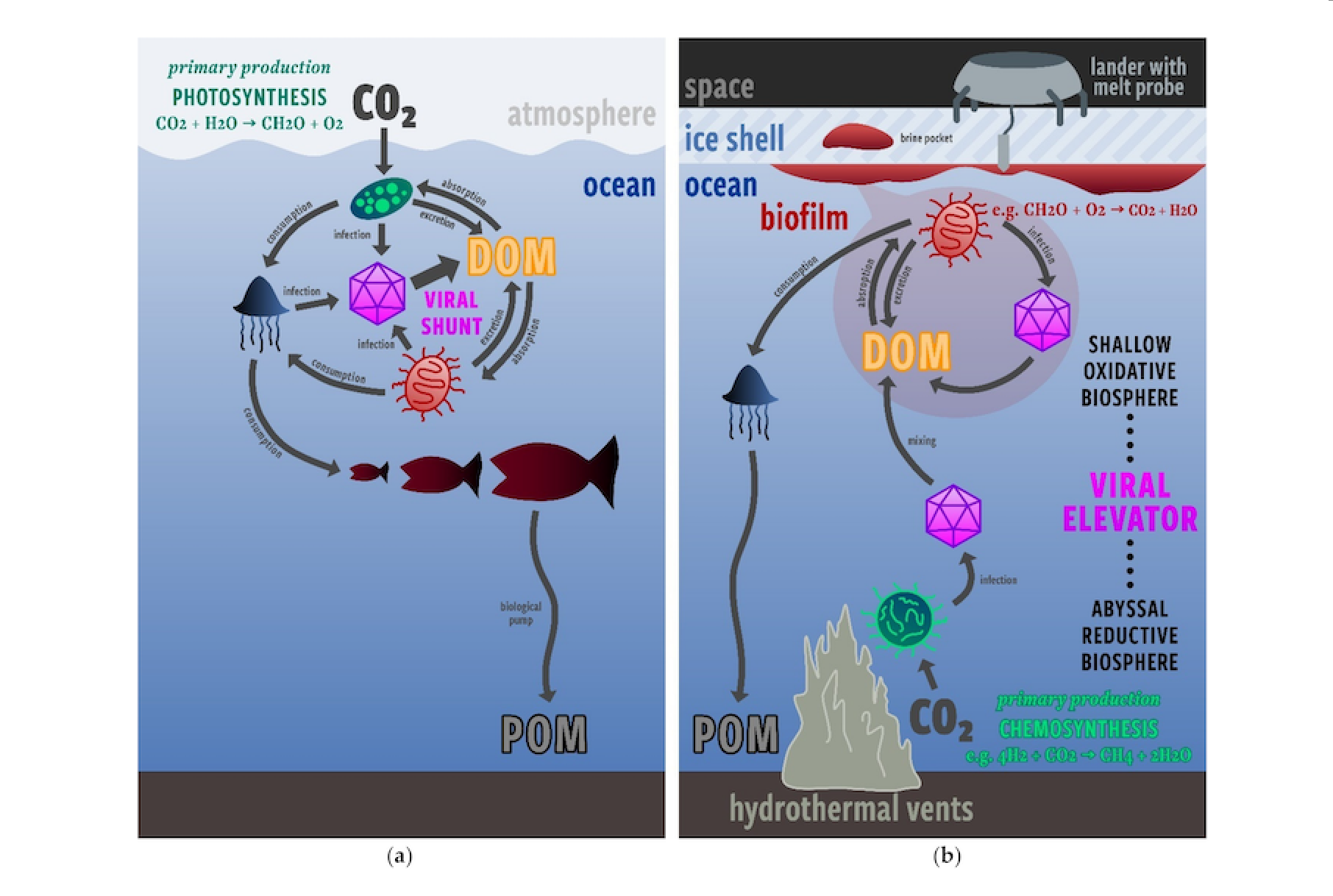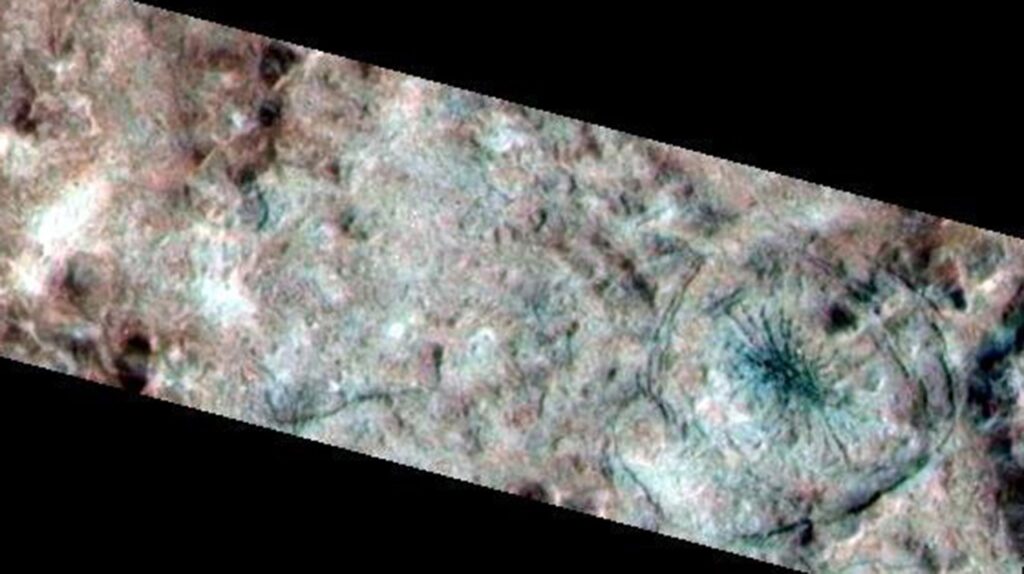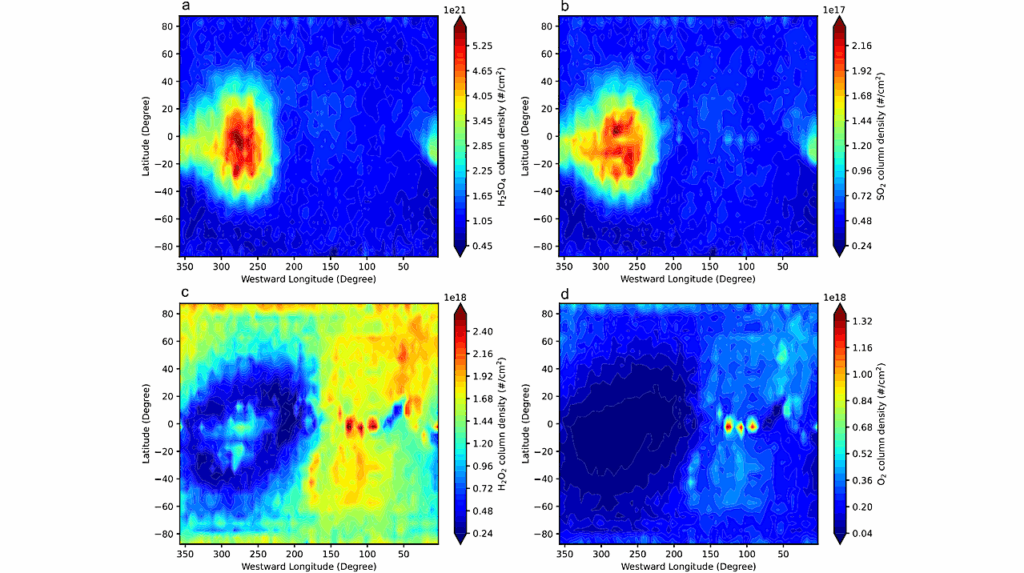Modeling Virus and Bacteria Populations in Europa’s Subsurface Ocean

The search for life in the universe is often informed by the study of “extreme” environments on Earth, which provide analogs for habitable locations in the Solar System, and whose microbial inhabitants may therefore also serve as analogs for potential life forms in extraterrestrial milieus.
Recent work has highlighted the ubiquity and importance of viral entities in terrestrial ecosystems, which calls for a greater understanding of the roles that viruses might play in hypothetical extraterrestrial biomes. While some studies have modeled the dynamics of viral and bacterial populations in icy ocean environments on Earth, previous work has yet to apply these findings to icy ocean worlds such as Jupiter’s moon Europa.
It is commonly theorized that hydrothermal vents on Europa could produce the necessary reductants for chemosynthesis to take place on the ocean bottom. In the case that Europa’s ocean is a reductant-limited environment, how might reductants and organic matter reach the sub-ice region to power a more easily accessible ecosystem? Here, we propose a ‘viral elevator,’ a mechanism that functions similarly to the ‘viral shunt’ in Earth’s oceans, which could create and shuttle dissolved organic matter (DOM) to a hypothetical sub-ice biosphere through viral carriers.
Current models of Europa’s ocean currents and stratification support the movement of DOM to the sub-ice biosphere. We adapt an existing model for bacterial and viral population dynamics in Earth’s Arctic sea ice to Europa and use parameters from various Arctic-based studies as proxies for Europa’s environment. We find that viral burst size has the most significant effect on the virus-to-bacteria ratio (VBR) and system longevity in closed systems (such as brine pockets within Europa’s icy crust), with higher burst sizes clearly increasing both.
When applying our model to an open system with an influx of DOM from the viral elevator, we found that a steady-state system is attainable, with resulting sub-ice biofilms on the order of 0.1 mm thick (global equivalent layer). This has implications for future searches for life on Europa, given that life directly under the ice will be easier to detect and observe than life near the ocean bottom.
by Adriana C. Gomez-Buckle, Gordon M. Showalter, Michael L. Wong
Modeling Virus and Bacteria Populations in Europa’s Subsurface Ocean, Life (open access)
Astrobiology








